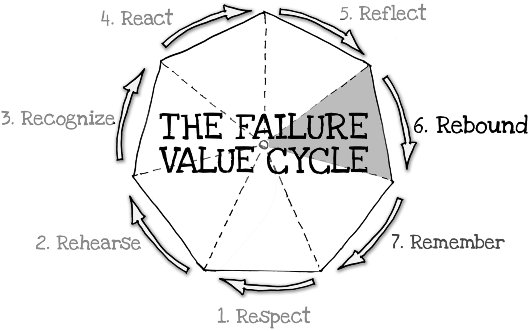 15Stage Six: ReboundRetake the Initiative
15Stage Six: ReboundRetake the Initiative
Your Role: Field General
In 2011, Netflix announced it was splitting its popular movie rental business into two different services: a DVD rental service named Qwikster and a streaming movie service under the Netflix name. For customers who were currently enjoying both services in one subscription, this change would be accompanied by a significant price increase. In just a few months, Netflix lost nearly a million subscribers and three quarters of its market capitalization as its stock price plunged from almost $300 to $65 per share. Rumors flew that Netflix would be acquired and no longer be a dominant independent player in the media distribution business.1
So what did Netflix do?
First, it reacted in the moment. Since this failure was of its own doing, Netflix CEO Reed Hastings and his leadership team issued an apology to its customers. TheStreet's Jim Cramer credited the team for this action and for limiting customer backlash, “The mea culpa of management was dissed by Wall Street, but the customers loved it. The customers came right back. That wasn't in the playbook.”2
Netflix then shifted to the Reflect stage in our Failure Value Cycle, as it determined how to respond over the longer term. The company assessed the damage, the competitive landscape, the fast-moving changes in media distribution, shifting user habits and preferences, ...
Get The Other "F" Word: How Smart Leaders, Teams, and Entrepreneurs Put Failure to Work now with the O’Reilly learning platform.
O’Reilly members experience books, live events, courses curated by job role, and more from O’Reilly and nearly 200 top publishers.

